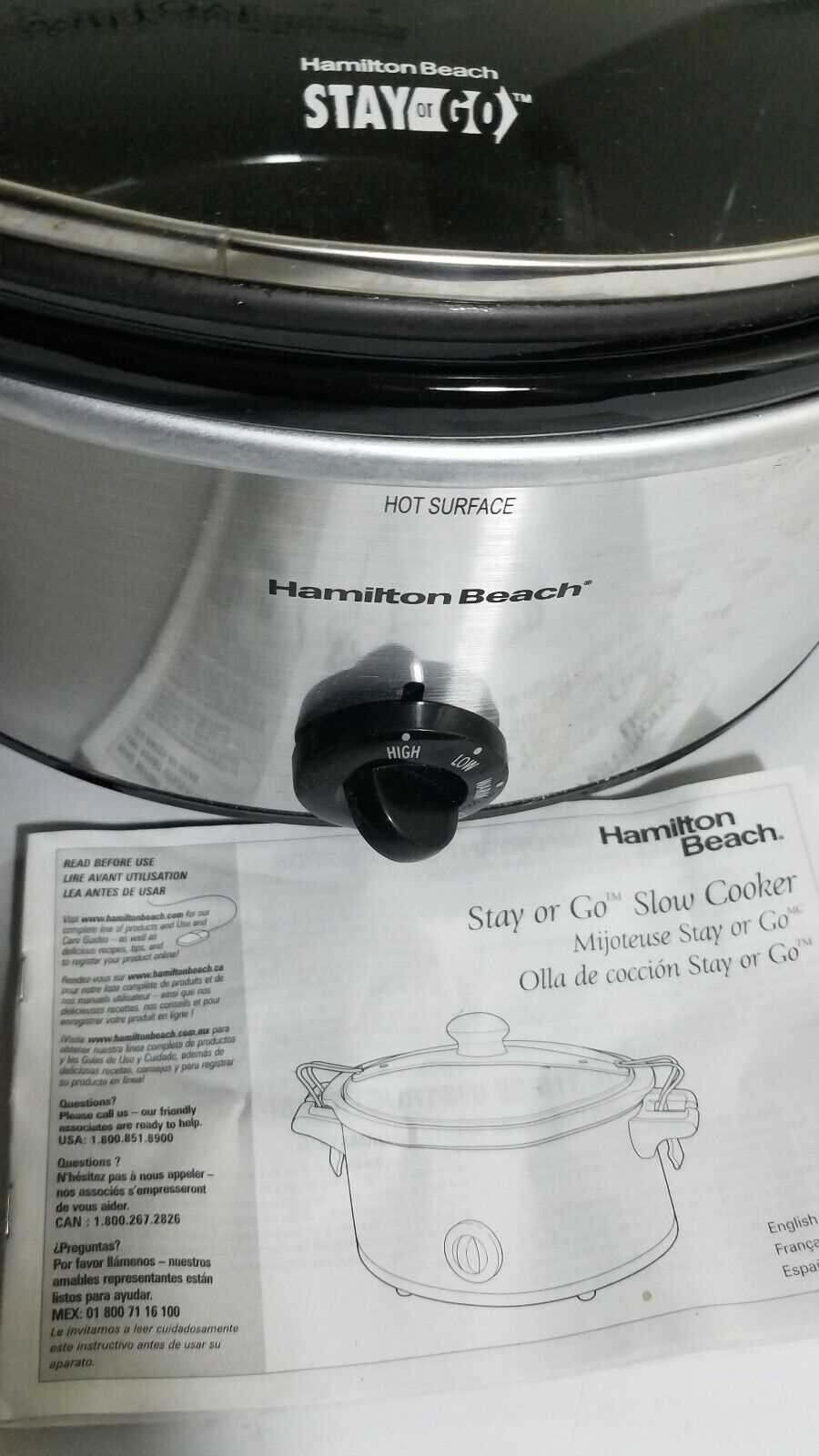
Preparing delicious meals with minimal effort is a goal many strive to achieve in their kitchens. This article provides you with essential guidelines on how to make the most out of your slow cooker. Whether you are a seasoned cook or a beginner, understanding the full potential of this versatile kitchen appliance is key to elevating your culinary experience.
By following the recommendations outlined here, you’ll learn how to safely and efficiently utilize your slow cooker to create mouth-watering dishes. The text covers everything from the initial setup to advanced tips and techniques that will help you unlock the full spectrum of flavors your device can deliver.
Embrace the simplicity and convenience of slow cooking. With the right approach, you can transform simple ingredients into rich, hearty meals that will delight your family and friends. Dive into the following sections to gain a deeper understanding and make the most of every meal.
Understanding Your Slow Cooker Appliance
Mastering the art of using your slow-cooking device allows you to create a wide range of delicious and convenient meals with minimal effort. Whether you’re preparing hearty stews, tender roasts, or savory soups, this versatile kitchen tool can simplify your cooking process and bring out the best in your ingredients.
How It Works
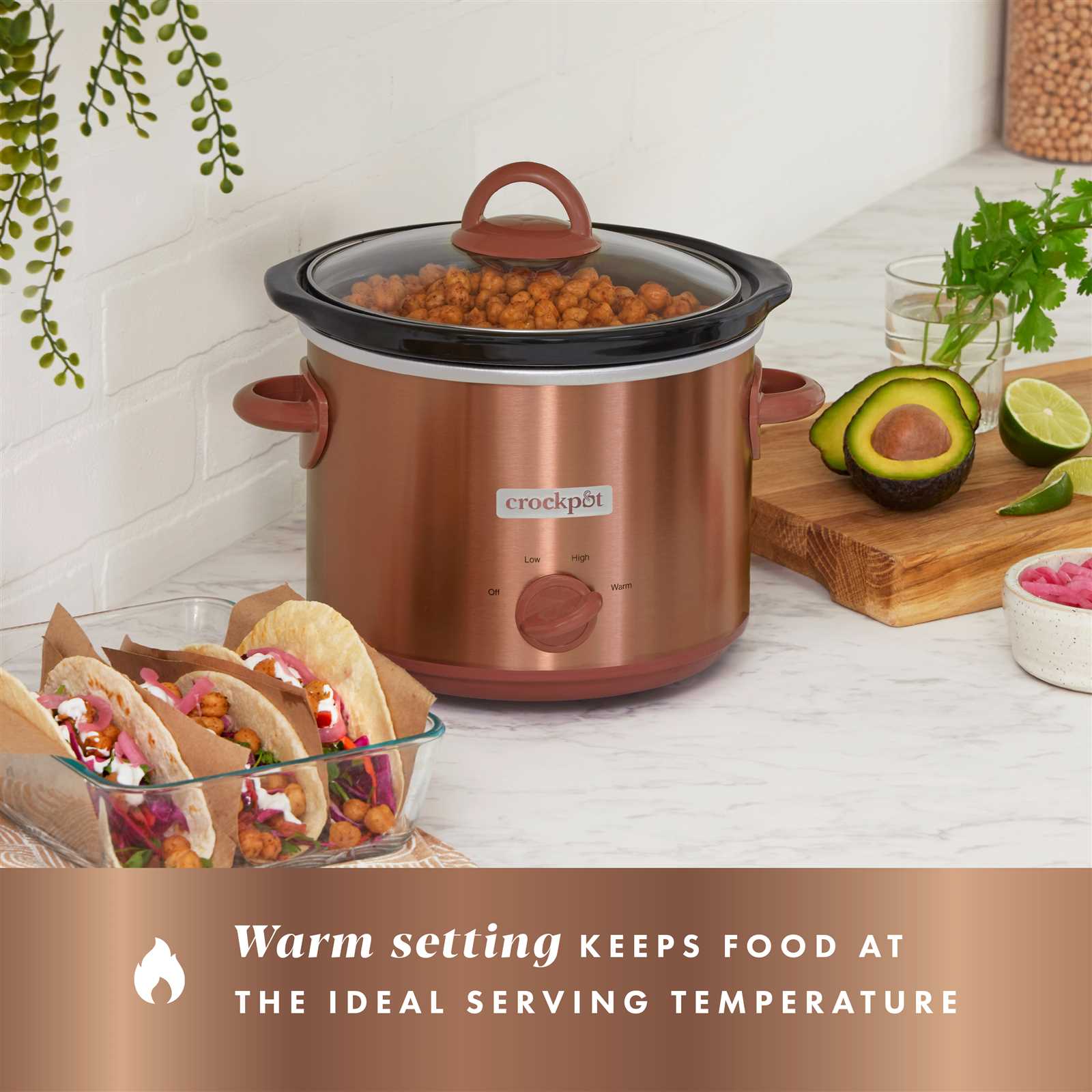
Your slow-cooking appliance operates by maintaining a consistent, low temperature over an extended period. This gentle heat gradually breaks down the fibers in your food, resulting in tender, flavorful dishes. By setting the appropriate cooking level and timing, you can achieve perfect results every time.
Key Features to Know
Familiarize yourself with the essential functions of your slow-cooking device to maximize its potential. From adjustable heat settings to programmable timers, these features offer flexibility and control, allowing you to tailor the cooking process to suit your specific needs. Understanding how to utilize each function will ensure that your meals are cooked to perfection.
Initial Setup and Configuration Guide
This section provides a comprehensive guide on how to prepare your new slow-cooking appliance for its first use. Proper initial setup ensures that your device functions optimally and lasts longer. Follow these simple steps to get your cooker ready for its first recipe.
Before you begin cooking, thoroughly clean the cooking insert and lid with warm soapy water. Rinse them well and dry with a soft cloth to remove any residue from manufacturing. Ensure that the base unit is positioned on a stable, heat-resistant surface away from other kitchen appliances.
Next, familiarize yourself with the control panel and settings. Depending on your model, you may have a variety of cooking modes to choose from, including options for low, medium, and high temperatures. Understanding these settings is crucial for tailoring the cooking process to different types of recipes.
Once you’ve cleaned the components and reviewed the controls, it’s recommended to perform a short test run. Fill the insert with water about halfway, set the appliance to a medium heat setting, and allow it to operate for about 30 minutes. This helps confirm that everything is functioning properly and gives you a sense of how the appliance heats up.
After the test run, empty the water and let the insert cool down before wiping it dry. Your slow cooker is now ready for use, and you can start experimenting with your favorite recipes, knowing that everything is set up correctly for optimal performance.
Cooking Tips for Best Results
To achieve the most delicious and consistent results in your slow-cooking adventures, it is important to follow a few key guidelines. These tips will help you maximize the flavor and texture of your dishes, ensuring that each meal turns out perfectly tender and flavorful.
Choose the right cut of meat: Opt for tougher cuts like chuck roast or pork shoulder. These cuts break down beautifully during extended cooking, becoming incredibly tender and flavorful.
Avoid overfilling: Ensure that your cooking vessel is filled no more than two-thirds full. This allows for even heat distribution and prevents potential spillage during cooking.
Layer ingredients strategically: Place denser vegetables like potatoes and carrots at the bottom, with lighter items like meat on top. This layering ensures that all ingredients cook evenly.
Resist the urge to lift the lid: Each time the lid is removed, heat escapes, which can significantly extend the cooking time. Keep the lid on to maintain a steady temperature.
Season wisely: Herbs and spices can lose their potency during long cooking times. Consider adding fresh herbs or a final seasoning adjustment in the last hour to enhance the dish’s flavor.
Use appropriate liquid levels: Slow-cooking requires less liquid than other methods, as moisture doesn’t evaporate. Start with minimal liquid and adjust as needed during cooking.
Know when to add dairy: Dairy products, such as cream or cheese, can curdle if added too early. Add them towards the end of the cooking process to avoid this issue.
By following these simple but effective tips, you can elevate your slow-cooked meals, making each dish a satisfying success.
Cleaning and Maintenance Recommendations
Regular upkeep of your slow cooker ensures it remains in top condition, providing you with consistently delicious meals and extending its lifespan. Proper cleaning and maintenance are essential to prevent any build-up of food residues or potential damage to the unit.
Daily Cleaning Tips
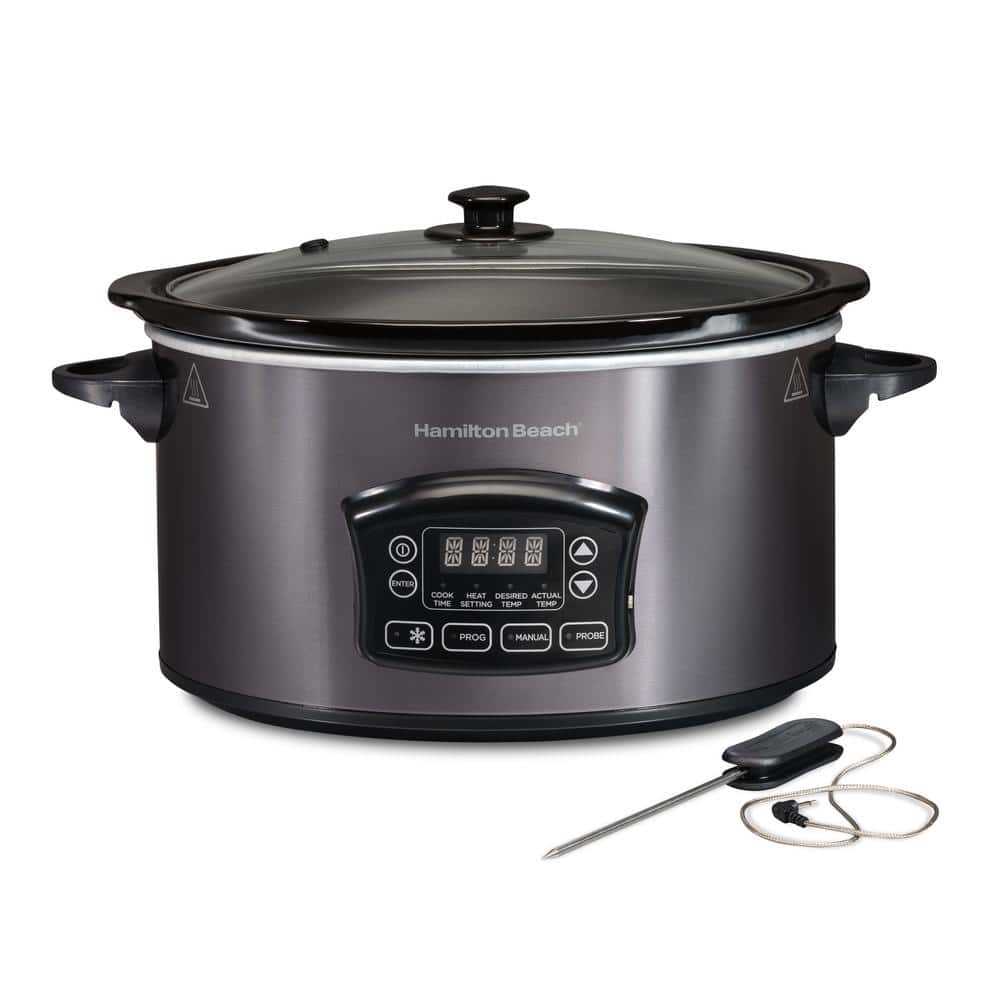
After each use, allow the appliance to cool before cleaning. Detach the removable parts, such as the inner pot and lid, and wash them with warm, soapy water. A soft sponge is recommended to avoid scratching the surfaces. For stubborn residues, soak the components in warm water before scrubbing. Ensure all parts are thoroughly dried before reassembling.
Periodic Maintenance
Inspect the heating base periodically to ensure there is no food residue or spills. Wipe down the exterior with a damp cloth and mild detergent, avoiding any immersion in water. Check the power cord regularly for any signs of wear or damage. Store the cooker in a dry place to prevent moisture accumulation, which could affect the electrical components.
By following these guidelines, you will maintain the efficiency and longevity of your slow cooker, ensuring it continues to serve you well for years to come.
Troubleshooting Common Slow Cooker Issues
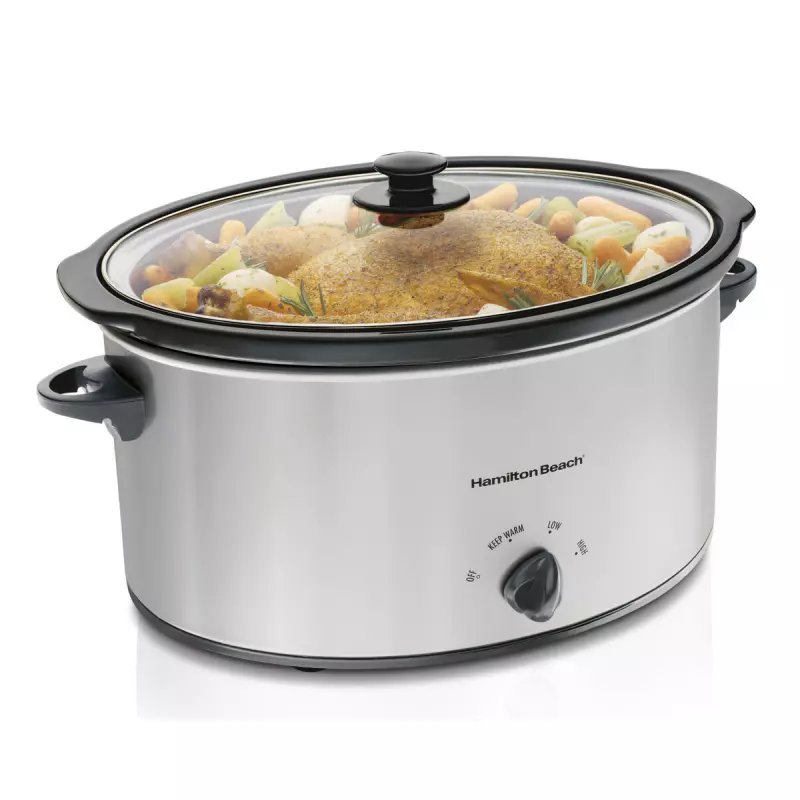
Encountering problems with your slow-cooking device can be frustrating, but many issues can be easily resolved with a bit of knowledge. Whether it’s a malfunction in heating, uneven cooking, or difficulties with the timer, understanding how to address these challenges can ensure your meals turn out perfectly every time.
Heating Problems
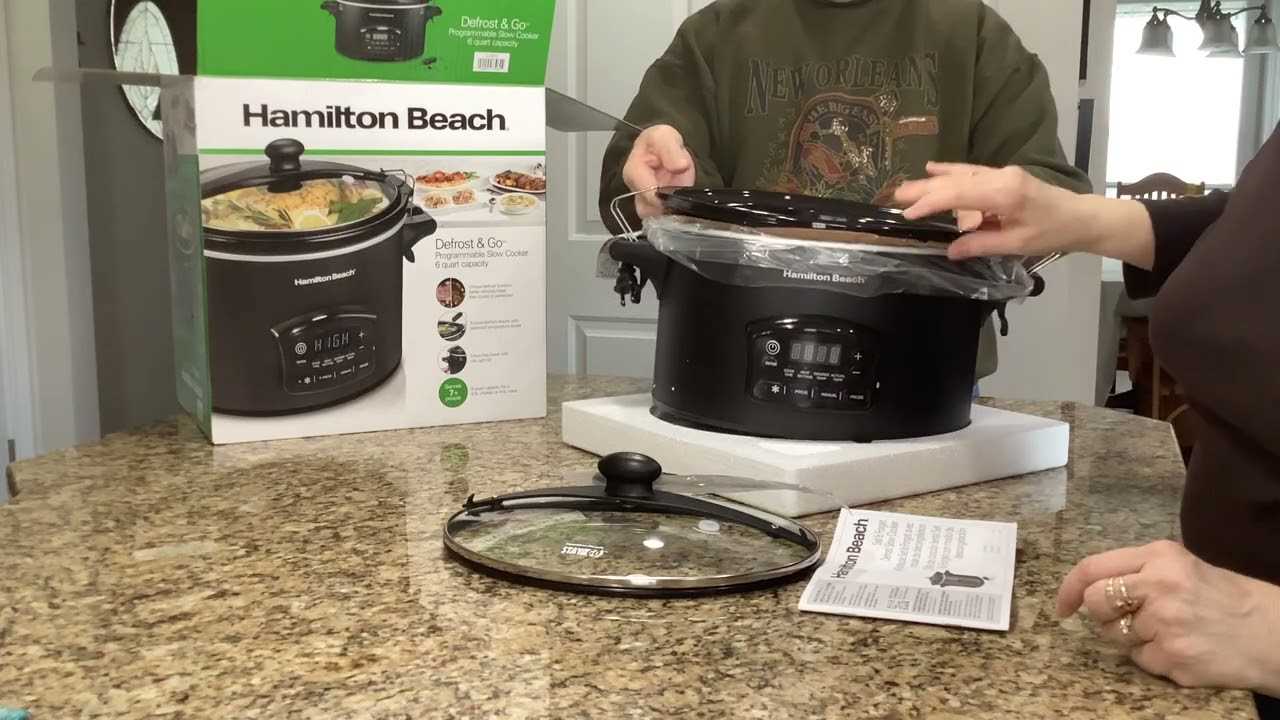
If your device isn’t reaching the desired temperature or seems to be cooking food too slowly, the first step is to check the power source and make sure the unit is securely plugged in. Inspect the power cord for any visible damage. If the cord is intact and the device is still not heating correctly, it might be an issue with the internal heating element, which may require professional repair.
Uneven Cooking
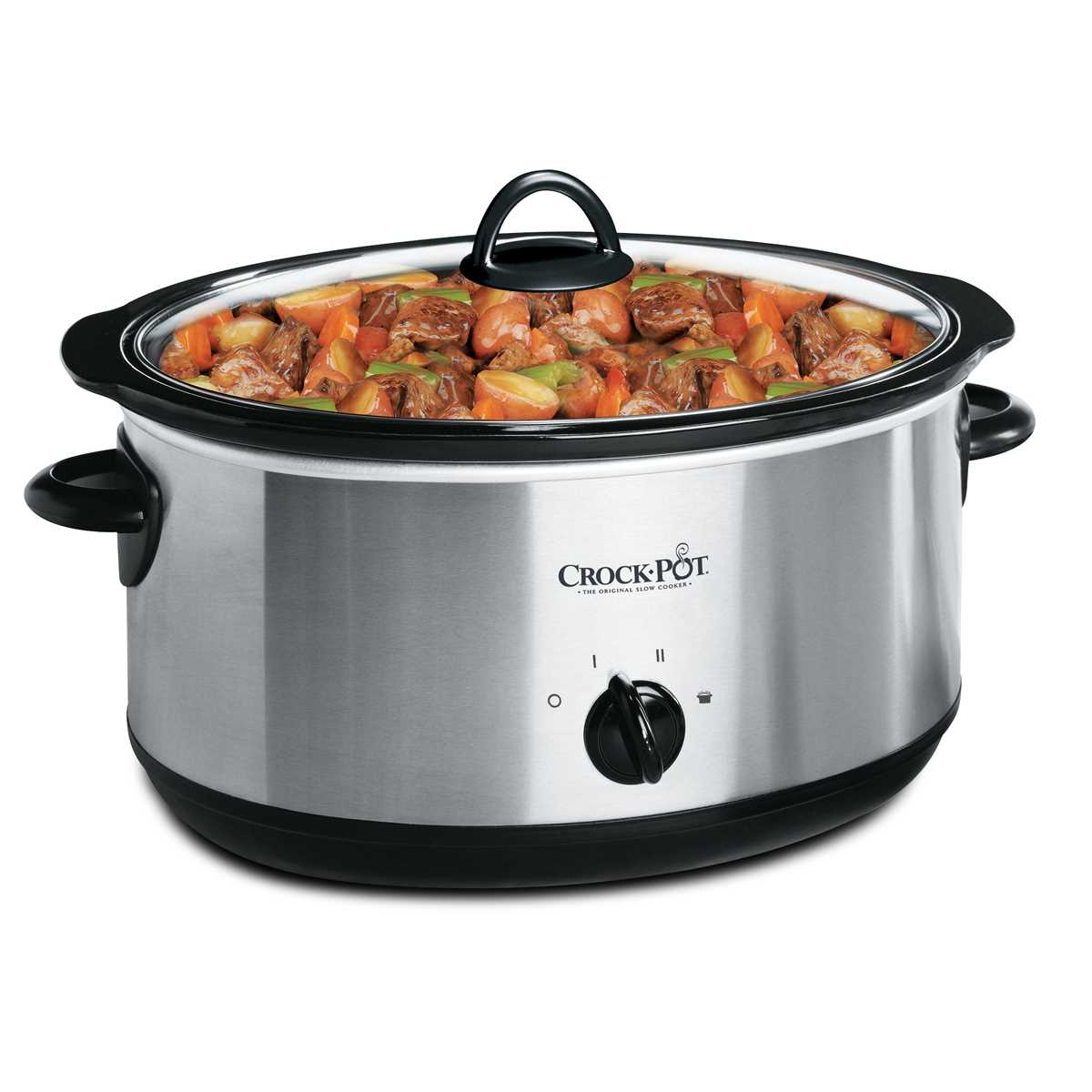
When food cooks unevenly, it can result in some parts being undercooked while others are overdone. Make sure not to overfill the appliance, as this can lead to inconsistent heating. It’s also important to stir the contents occasionally to distribute heat more evenly. If the problem persists, try placing the unit in a different location in your kitchen, as uneven surfaces or proximity to cold drafts can affect cooking performance.
Safety Precautions to Keep in Mind
Ensuring safety while using kitchen appliances is crucial for preventing accidents and maintaining a safe cooking environment. Proper use and adherence to safety measures help in minimizing risks and extending the longevity of your cooking device. Follow these essential guidelines to safeguard yourself and your appliance during operation.
| Precaution | Description |
|---|---|
| Read the Guidelines | Always familiarize yourself with the provided guidelines before using the appliance. Understanding its functions and limitations ensures safer usage. |
| Proper Placement | Place the appliance on a stable, heat-resistant surface. Ensure it is away from edges and overhangs to prevent accidental tipping or spills. |
| Handling with Care | When operating, use oven mitts or cloths to handle hot components. Avoid touching the appliance’s surface during or immediately after use as it may be very hot. |
| Supervised Operation | Never leave the appliance unattended while it is in use. Supervision helps in addressing any issues that may arise promptly. |
| Safe Cleaning | Ensure the appliance is completely cooled before cleaning. Follow the cleaning instructions to avoid damaging the device or causing electric hazards. |
| Electrical Safety | Inspect the power cord for any damage before each use. Avoid using the appliance if the cord or plug is frayed or damaged. |